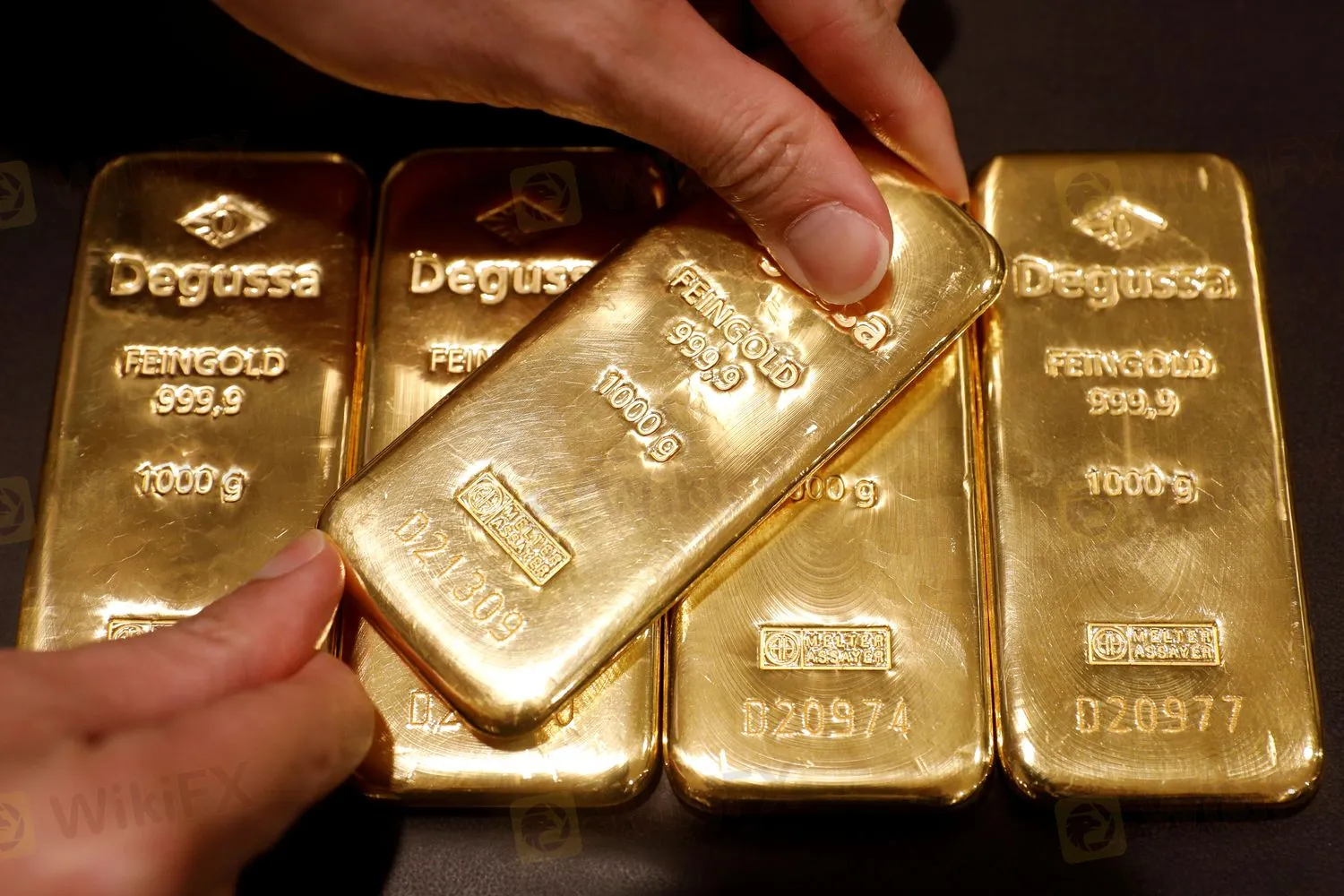简体中文
繁體中文
English
Pусский
日本語
ภาษาไทย
Tiếng Việt
Bahasa Indonesia
Español
हिन्दी
Filippiiniläinen
Français
Deutsch
Português
Türkçe
한국어
العربية
Does Gold’s Downside Bottom Out or Just Start?
Abstract:Prices of gold and silver saw a large retreat four weeks ago just after I published the Negative Points of Buffett’s Buying Gold-Mining Stocks. Trends of precious metals are seemingly simple but yet proved to be tricky.
Prices of gold and silver saw a large retreat four weeks ago just after I published the Negative Points of Buffetts Buying Gold-Mining Stocks. Trends of precious metals are seemingly simple but yet proved to be tricky.

As of this writing, spot gold prices have fallen from the all-time high of $2,075.00 to $1,853.50, a decline of 10.67%. Such a drop stems mainly from the upbeat expectations of financial markets on the available coronavirus vaccine, which pushes economic activities back on track. With the economy seeing the start of a pick-up, central banks unwind the pressure on monetary easing, thus gold prices are punished. Besides, as over ten countries have been delivering their gold reserves back from the U.S. and U.K., I suppose some countries are likely to dishoard gold for more cash amid the high gold prices, so as to ease their financial pressure in outbreak response.
The recovered U.S. dollar, of course, is the last factor depressing gold prices. Apart from the changes in the Fed‘s monetary policies, which have sent a rally to the greenback, the Fed officials also stated that the country’s interest rates would have a chance to rise early, fueling further gains for the DXY to breach above the $94 barrier. Moreover, considering the DXY outshines others at the expense of GBP and EUR, all the non-USD currencies, gold, and silver have seen varying degrees of correction.
In terms of catching gold prices, investors are recommended to eye the dollar rather than indiscriminately focusing on other topics. With the U.S. stocks remaining weak recently, the U.S. dollar has bottomed out due to the RSI divergence, which becomes another key affecting the dollars trends. The trends on the chart show that the current DXY is expected to reclaim the $95.716 level, putting correction pressures on gold prices and non-USD currencies in the short run. From my estimate, gold may challenge a lower level of $1,765.00 this time while the silver is highly like to further decrease to $19.648.
Disclaimer:
The views in this article only represent the author's personal views, and do not constitute investment advice on this platform. This platform does not guarantee the accuracy, completeness and timeliness of the information in the article, and will not be liable for any loss caused by the use of or reliance on the information in the article.
Read more

Breakthrough again! Gold breaks through $2530 to set a new record high!
Spot gold continued its record-breaking rally as investors gained confidence that the Federal Reserve might cut interest rates in September and gold ETF purchases improved. The U.S. market hit a record high of $2,531.6 per ounce

Historic Moment: Gold Surges Above $2,500 Mark, Forging Glory!
Boosted by the weakening of the US dollar and the expectation of an imminent rate cut by the Federal Reserve, spot gold broke through $2,500/ounce, setting a new record high. It finally closed up 2.08% at $2,507.7/ounce. Spot silver finally closed up 2.31% at $29.02/ounce.

Weekly Analysis: XAU/USD Gold Insights
Gold prices have been highly volatile, trading near record highs due to various economic and geopolitical factors. Last week's weak US employment data, with only 114,000 jobs added and an unexpected rise in the unemployment rate to 4.3%, has increased the likelihood of the Federal Reserve implementing rate cuts, boosting gold's appeal. Tensions in the Middle East further support gold as a safe-haven asset. Technical analysis suggests that gold prices might break above $2,477, potentially reachin

【MACRO Insight】Monetary Policy and Geopolitics - Shaping the Future of Gold and Oil Markets!?
In the ever-evolving global economy, the intertwining influences of monetary policy and geopolitical factors are reshaping the future of the gold and crude oil markets. This spring, the gold market saw a significant uptrend unexpectedly, while Brent crude oil prices displayed surprising stability. These market dynamics not only reflect the complexity of the global economy but also reveal investors' reassessment of various asset classes.
WikiFX Broker
Latest News
Saxo & Portuguese Bank Partnership
SEC Fines Broker-Dealers $275K for Incomplete SAR Filings
Elon Musk Warns of Imminent US Bankruptcy | Bitcoin Retreats from $100K
WikiEXPO Global Expert Interview: Advanced Practices and Insights in Financial Regulation
Justin Sun Invests $30M in Trump-Backed World Liberty Financial
Lured by False Promises: Malaysian Driver Lost RM218K to an Investment Scam
FTX Sets March 2025 Timeline for Creditor Payouts: What It Means for Investors
What is an Economic Calendar? How it works
Pros & Cons of Automated Forex Trading
Magic Compass Sponsors World Taekwondo Poomsae Championships 2024
Currency Calculator



